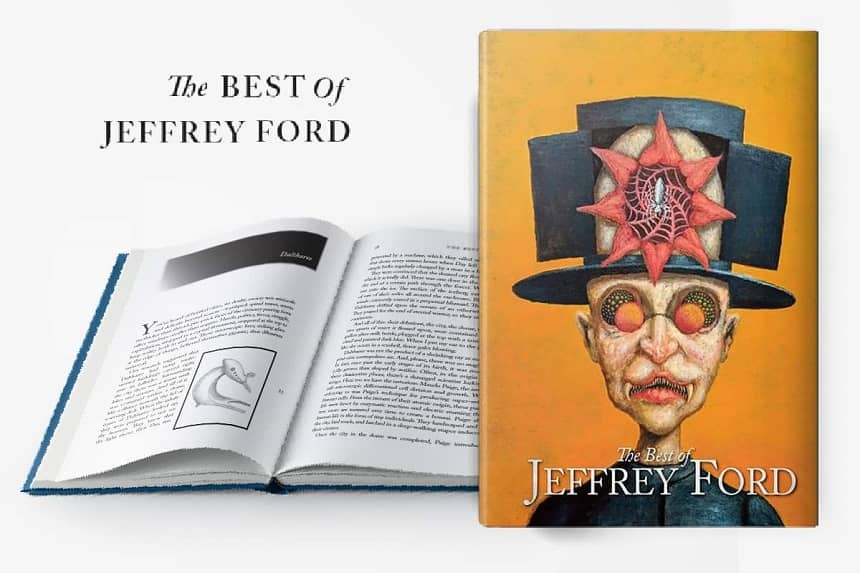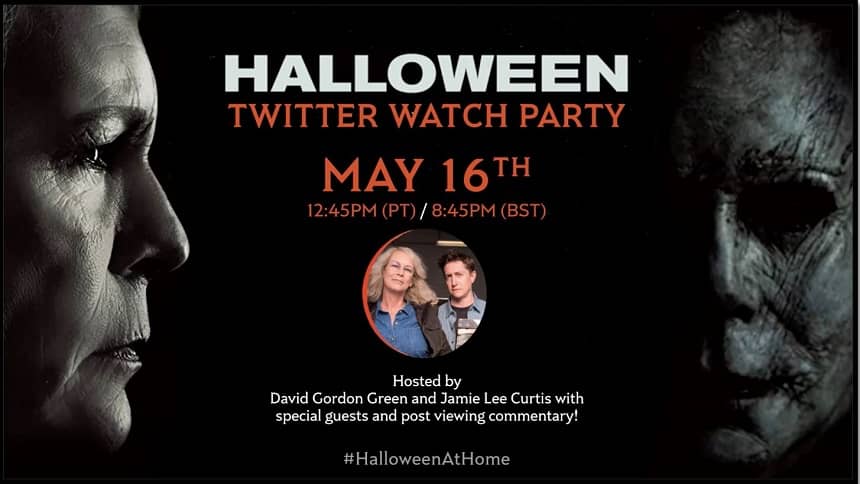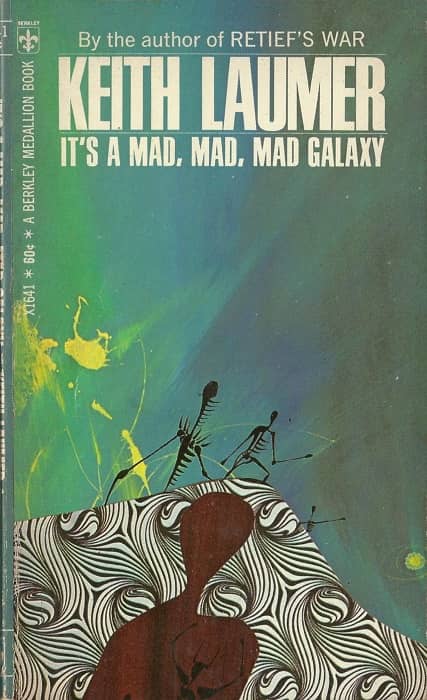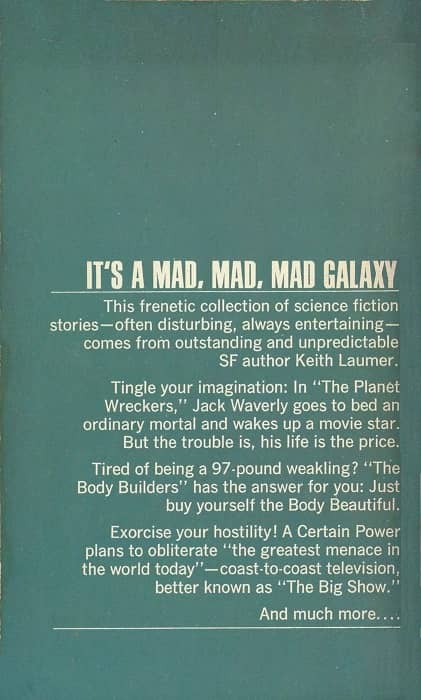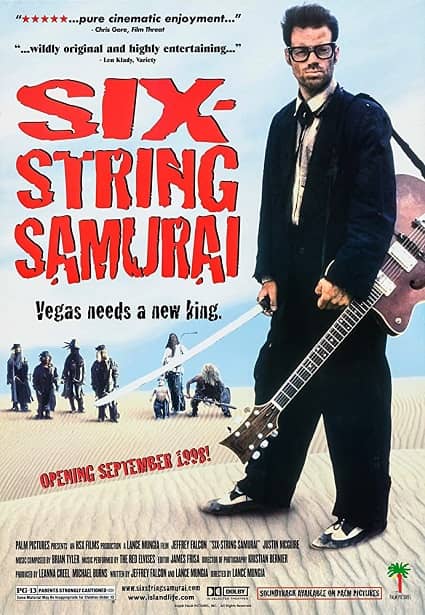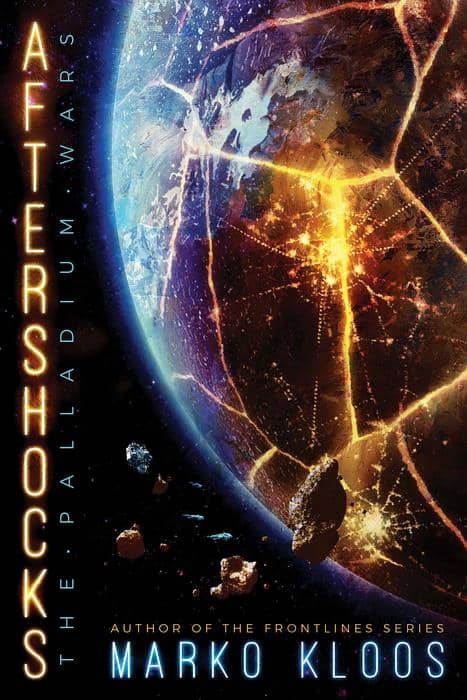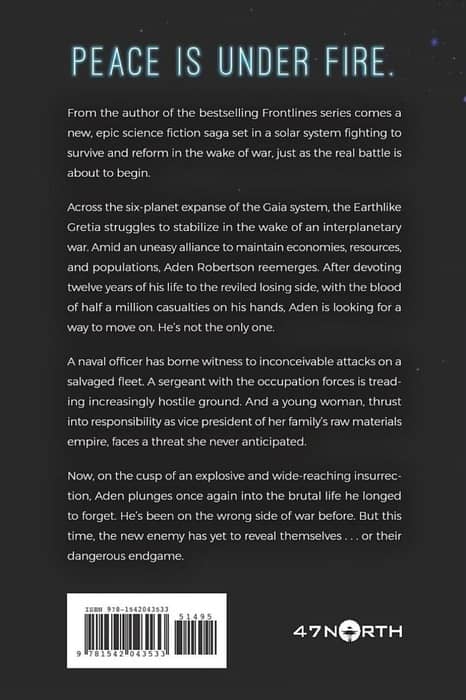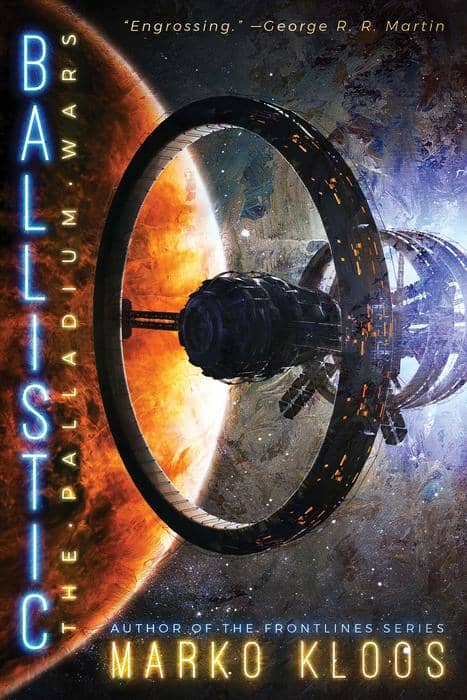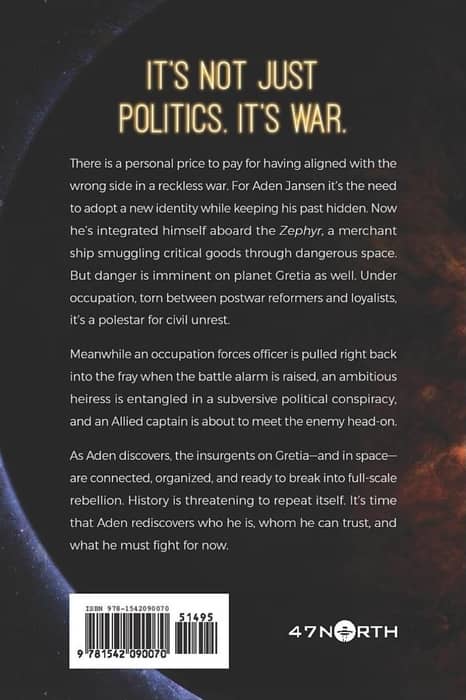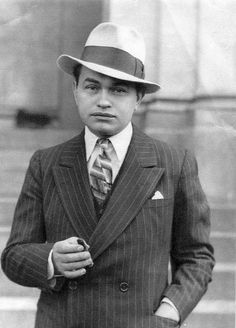Rogue Blades Author: How Robert E. Howard (and Glenn Lord) Changed My Life
The following is an an excerpt from Roy Thomas’ essay for the upcoming book from the Rogue Blades Foundation, Robert E. Howard Changed My Life.
I’ve told this story so many time by now that I figure everybody who would want to know it is tired of it already, but I can’t make up new facts just because I have to write a new article, can I? Well, maybe there’ll be a few twists in my tale this time, because I want to tell it a little bit more from the angle of Robert E. Howard (1906-1936) and Glenn Lord (1931-2011).
Robert E. Howard came first, but just barely.
I had, to the best of my memory, never heard of Robert E. Howard — or of Conan or any of the other Howard characters — when the Lancer Books paperback Conan the Adventurer appeared on the racks in 1966, some months after I started working for Stan Lee at Marvel Comics. Well, truth to tell, he was mentioned in a couple of paragraphs in my fan/friend Richard A. Lupoff’s 1965 book Edgar Rice Burroughs: Master of Adventures as one of the literary heroes inspired, at least in part, by Tarzan of the Apes… but that part of Dick’s study slipped right past me, leaving no imprint on my mind. When I saw the first Conan paperback, my eyes were drawn — as they were meant to be — by Frank Frazetta’s stunningly savage cover. I bought that book as I’d been buying others of an ERB ilk, pastiches of Burroughs by Otis Adelbert Kline, Gardner Fox, Lin Carter, whomever. I didn’t always actually read those pastiches, but I kept a little collection of them on a shelf in my apartment. One day I might get around to them.
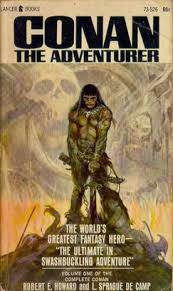 |
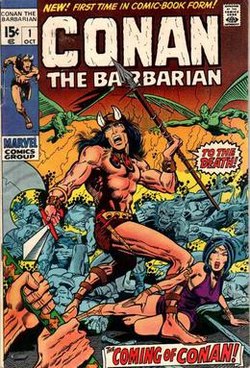 |
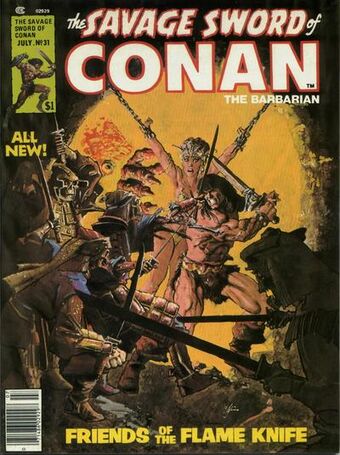 |
